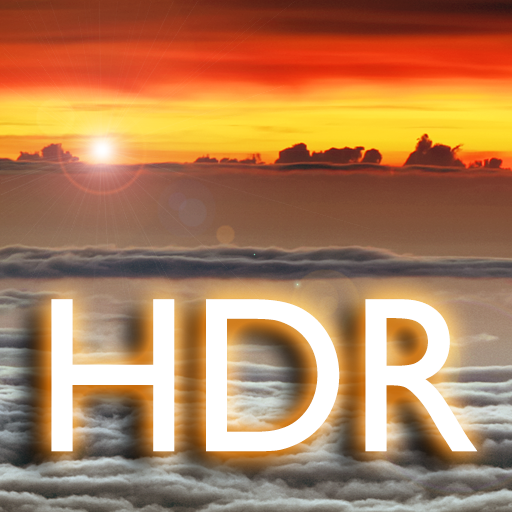
Apple's Camera App Vs. Pro HDR - Which Rules Supreme?
by Joe White
September 8, 2010
As you may know, Apple's iOS 4.1 software update brings a cool new feature to the iPhone's Camera app. Dubbed "HDR" (which stands for "high dynamic range" photography), this new mode of taking digital photos is pretty clever. If you want to check out exactly why you should be excited about HDR photography, check out our article here.
However, for some time now, another application has been able to produce HDR digital photographs on iPhone 3GS handsets. It's called Pro HDR, and for the past week it has received quite a bit of media attention ahead of iOS 4.1's release. Some are expecting Pro HDR to get kicked out of the App Store (Apple doesn't like competition, remember). Others are simply wondering whether the app will still be worth its $1.99 price-tag once iOS 4.1 is released.
So, without further ado, let's compare iOS 4.1's native HDR feature with Pro HDR, and decide which is best.
As you can clearly see from the above images (full resolution versions are included in the gallery below), Pro HDR undoubtably accentuates color in its digital photographs. Check out the door in the second photo, or the blue carpet in the third. My question, however, is whether Pro HDR produces good photos.
A couple of these photographs have purposely been tested in less than ideal lighting conditions. The last photo, for example, shows the pure capabilities of Pro HDR as an app, but it's unrealistic in its composition. In reality, we're not going to be taking pictures of a window - if anything, we'd be looking directly out, meaning the quality would be fine with a normal exposure.
When confronted with a skyline, both the Camera app's HDR feature, and Pro HDR, handle themselves very well. And, both are markedly better than taking regular photos with regular exposure on your regular iPhone camera. Apple's HDR feature in iOS 4.1 is iPhone 4 only, whereas Pro HDR works with iPhone 3GS and 4 (sorry, 3G owners).
Yet, a downside to Pro HDR is the time taken for the application to capture the images. While Apple's Camera app has the whole process over and done with in a matter of seconds (two, maybe three), Pro HDR takes a heck of a long time simply producing the image. Then you have the option to save, meaning even more time is wasted.
And, I have to admit, I felt like enough of a fool just taking the above sample pictures with Pro HDR. Instead of pointing and clicking (or touching, on your iPhone), I instead was left holding the handset as if I was recording a video. For the average user (such as myself), this is definitely not ideal - though I can understand why it's necessary.
Essentially, I'm moved to say that Pro HDR does produce better images. And, the fact that it's compatible with iPhone 3GS handsets is a huge positive (just make sure you've got iOS 4 installed). Yet, the app really isn't very practical. I couldn't imagine myself using Pro HDR on a day-to-day basis, because it's just too darn slow. If you're using your iPhone for some serious photography, then Pro HDR is the app for you - it's pretty cool. But, if you just want to take quick pics on the go, stick with Apple's Camera app and save yourself the cash.
Pro HDR is available now in the App Store for $1.99, so be sure to check it out if you're interested. And, don't forget to let us know your thoughts on iOS 4.1's HDR feature in the comments box below!
[gallery]





